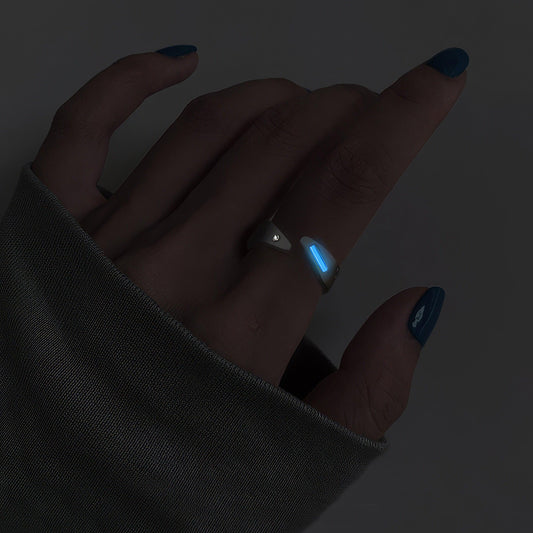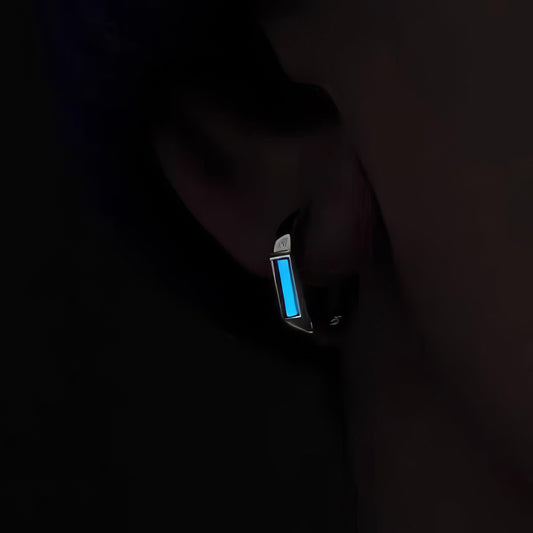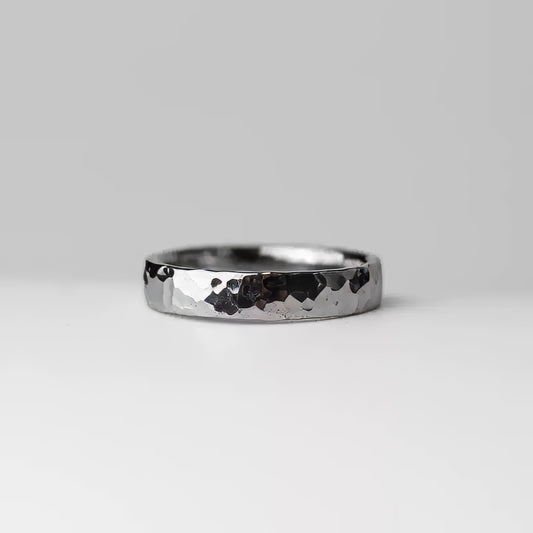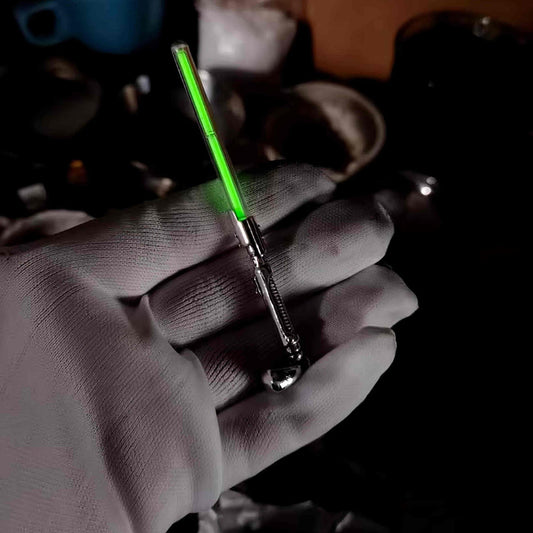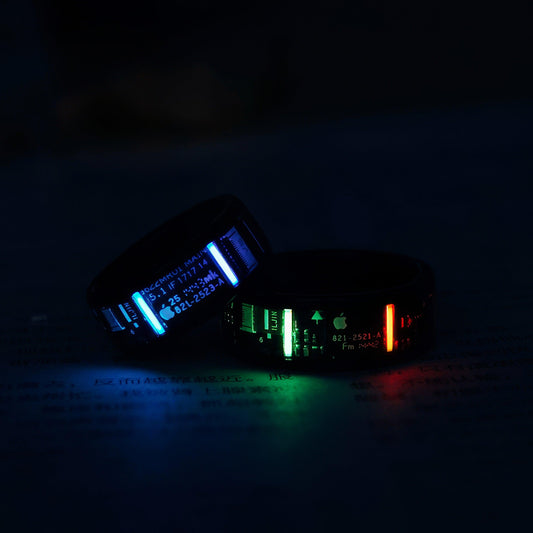The Allure and Deception of Fake Jewelry
The Allure and Deception of Fake Jewelry
I used to treasure a gold necklace passed down to me from my grandmother. Or at least, I thought it was gold. The moment I discovered it was merely gold-plated, I felt a mixture of amusement and disappointment. Her mischievous sense of humor came rushing back to me as I realized she had likely known all along. Fake jewelry often carries with it stories that are as intricate as the pieces themselves, making it more than just an imitation.
Let's delve into the surprisingly intricate world of fake jewelry. On the surface, terms like "costume jewelry" or "fashion jewelry" sound dismissive, maybe even a little misleading. Yet, these pieces have long been embraced by style icons and everyday fashion enthusiasts alike. Coco Chanel championed the use of faux pearls, challenging the status quo and elevating costume jewelry to an art form. The craftsmanship involved in creating these elegant deceptions is, in itself, a testament to human ingenuity.
Materials play a pivotal role in shaping the narrative around fake jewelry. Cubic zirconia, for instance, mimics the sparkle of a diamond so convincingly that only a trained eye can spot the difference. It’s the material of choice for those who crave a bit of glam without the hefty price tag. Whether it's a bauble designed to add flair to a casual outfit or a statement piece meant to mimic the grandeur of real gems, the allure of fake jewelry lies in its ability to blend into our lifestyle seamlessly.
There's also a cultural aspect to consider. Many cultures celebrate the use of costume jewelry during festivals or ceremonies. In India, for example, intricate fake jewelry is often used for wedding celebrations, offering the grandeur without the risk of theft or loss. Its affordability and safety make it an excellent choice for travelers or anyone who wishes to express opulence without worry.
In my own life, I’ve found that fake jewelry offers a peculiar sense of freedom. I can experiment with trends without committing to them. The ring I wore last summer—a flashy piece with a dazzling "sapphire"—was blissfully guilt-free, allowing me to enjoy the moment without the shadow of substantial debt. The versatility of fake jewelry means it's not just about imitation; it's about expression and the ability to reinvent oneself as the occasion demands.
What I find most fascinating is how fake jewelry encourages a playful sense of resourcefulness. It prompts questions: What story does this piece tell? What outfit does it complete today? It’s a sartorial puzzle, with each piece promising a small adventure. So, whether you’re drawn to it for its fiscal prudence, its history, or its flair, fake jewelry offers more than just a nod to luxury; it presents an opportunity to embrace creativity on your own terms.
Ultimately, fake jewelry isn’t just a substitute for the real thing. It’s a category of its own, rich with possibilities and stories waiting to be worn. And who knows, maybe one day you’ll pass down your own cleverly disguised treasures, sharing a wink and a nod to the next generation’s curiosity.
